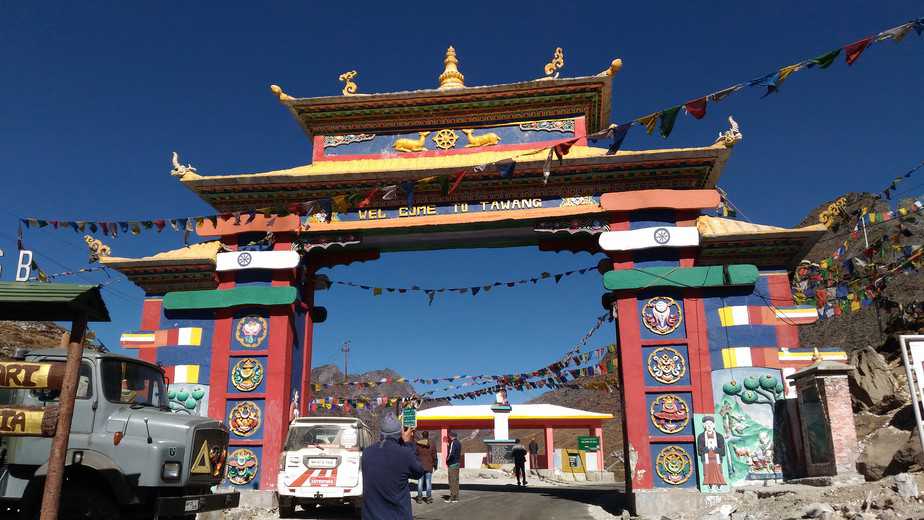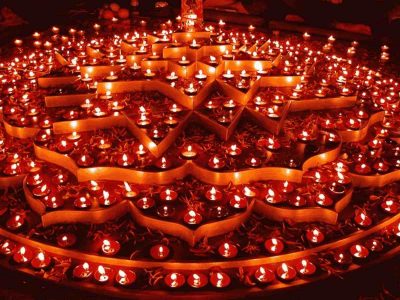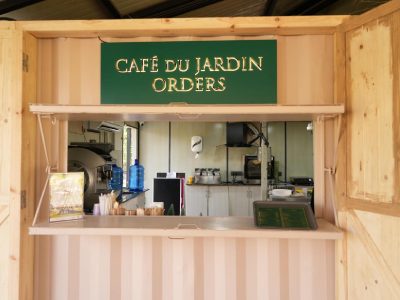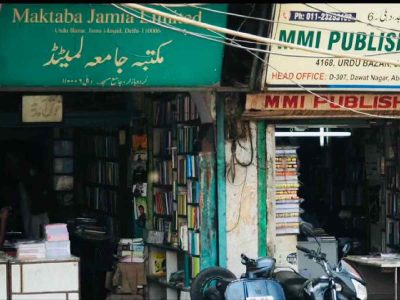When you see the many faces of Arunachal’s
mountainous land in multiple shades of blue and green, you are awestruck by the surreal surroundings
The curves become smaller and smaller as we approach Sela Pass, the highest pass in Arunachal Pradesh at 13,700 feet. The curvy mountain road is narrow and looking down is a little scary. Driving through this state requires expertise and strong nerves for the terrain is unlike what an urban dweller is used to.
In the lower hills, everything is green, as green as it gets. Flowers bloom and the good roads make it a romantic drive.
High up
As the altitude increases, the land becomes barren. In between the brown mountains and the bare rocks, you see shimmering blue water bodies. But it’s the sky, the endless blue sky and the cool breeze that starts to weave magic in your soul. You can stop for tea at the army canteens and enjoy the hospitality, the discipline and the magical scenery. Clouds are eyeing you with nonchalance. You could be in space or on another planet. Are you intruding?
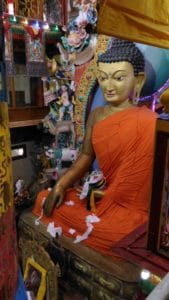 The yaks, sometimes indifferent, sometimes lazy and sometimes just busy trudging slowly on the rocks finding their fodder, gaze at you. There are vast stretches between villages, and many army base camps or watchtowers along the way. Our road is taking us to the green valley of Dirang and then to the bustling town of Tawang.
The yaks, sometimes indifferent, sometimes lazy and sometimes just busy trudging slowly on the rocks finding their fodder, gaze at you. There are vast stretches between villages, and many army base camps or watchtowers along the way. Our road is taking us to the green valley of Dirang and then to the bustling town of Tawang.
Bravehearts
It’s not just the clouds eyeing you, but the people there too, with a wide smile. There is no fear or distrust of strangers. These mountains have also witnessed the bravery of many. At every curve, a board will tell you a story of bravery — you just need to slow down a bit.
Many sacrificed their lives during the 1962 Sino-Indian war and their ghosts guard the mountains, so goes folklore. Memorials made of little stones and inspiring quotations commemorate these brave hearts. Among the most visited memorials is the legendary Jaswantgarh Memorial. Jaswant SinghRawat was a soldier of 4 Garhwal Rifles. He killed around 300 Chinese soldiers during the 1962 conflict. It was a tough fight for he was alone but two local women — Sela and Nura — came to help him. Sela was killed in a grenade blast. But locals believe that she still lives at Sela Pass, where we have a cup of tea and where the world seems far away.
Nura was captured. And probably the Nuranang area, where there’s a beautiful waterfall, was named after her. The Chinese had taken the brave soldier’s head but later returned it. Now a shining brass bust rests in this memorial with a bed and all the other paraphernalia like shining boots and a fully-ironed uniform. A team of soldiers guard the memorial and he is served every meal. Jaswant Singh Rawat was awarded the Maha Vir Chakra posthumously. For the locals, he is a holy saint who guides convoys till today.
Magical moods
It gets dark early — by 5 pm it’s time to say goodbye to the sun —and the night is long, dark and silent. But for the youngsters, nights are all about music, bonfires and grilled meat.
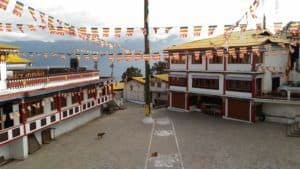
While man might be running scared of things in this difficult region, Nature loves Arunachal. This is where you see how pristine a world without habitation can be. We are busy clicking pictures by the Nuranang Waterfall where a rainbow lives perpetually. This is also the spot where Madhuri Dixit and Shah Rukh Khan shot a song for the movie Koyla (1997). There is another spot where they shot for the same movie – the beautiful but difficult to access, Madhuri Lake.
The clouds and yaks have been our constant companions during the drive. Silence lives here with the army unit, making it a place apt for the song Tanhai Tanhai. Buddhist flags fly in the air. Stark tree trunks stand tall in the freezing waters.
Shungatser was born after an earthquake in 1950. The wind whistles through the valley, the ducks cackle and bells tinkle.
Holy steps
There is also a gurudwara high up in the rocks where Guru Nanak had rested during his journey to Tibet.Daily prayers are held here and the army manages the gurudwara that has 200 steep steps. Tracing the steps of another spiritual leader, we reach the famous Tawang monastery, which is the largest monastery in India and is called Galden Namgey Lhatse that translates to celestial paradise on earth. The weather gods are happy — the clouds turn dark and the breeze gets cooler as the sound of the evening prayers fills the main hall where an 18-feet high, orange-robed Buddha watches all. Around 450 monks reside here. The fifth Dalai Lama Ngawang Lobsang Gyatso wanted to build a monastery here and Merak Lama Lodre Gyatso founded it in 1680-81.
A museum in the premises houses many interesting articles, including Buddhist and Tibetan artefacts. But it’s the photograph of all the eminent people who have been here that catches my attention. The most interesting is that of the current Dalai Lama when he was escaping in civilian clothes from Tibet in the 1950s.
Light and sound
Even as the day is about to end, the real life stories of bravery are far from over. There is an evening light and sound show at the War Memorial in Tawang. The memorial was constructed in the memory of those who fought during the 1962 Sino-Indian war.
A short opening film takes us through history as we get to see those who kept our borders safe. And we salute those who are doing it now. The night is chilly and there’s a 12-hour drive to Guwahati the next day from where we catch our flight. The dream continues for a long time, as pictures and conversations continue over WhatsApp.
logistics
Tourists need a special Inner Line Permit to enter the state. This is available at Kolkata, Guwahati, Tezpur and New Delhi.
The best way to see Tawang and all the other areas is to have a four-wheeler, with an expert driver who has mastered this terrain. There are flights to Guwahati from most major cities.
There are places along the way to have tea and momos and to buy local bamboo pickles and chips.
The local fare is also very tasty. The best time to go is between March and September.

